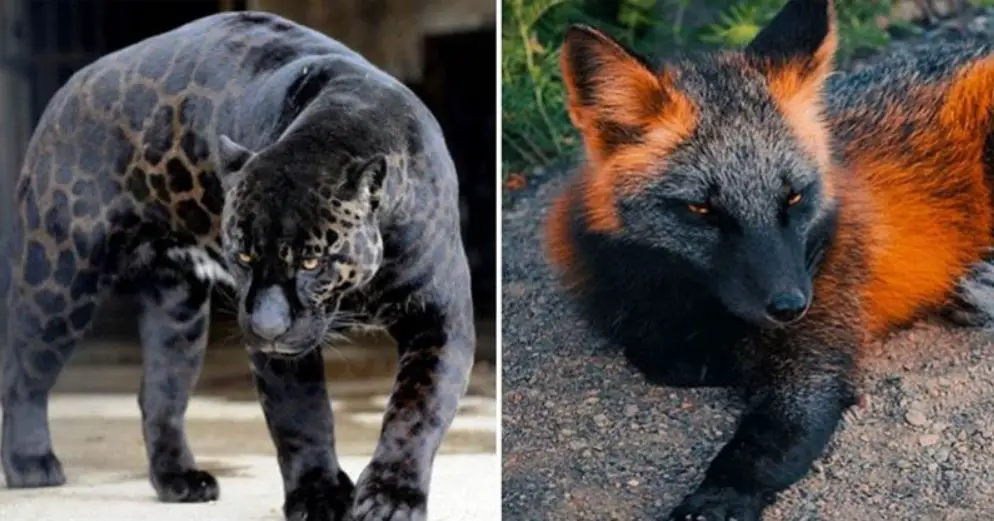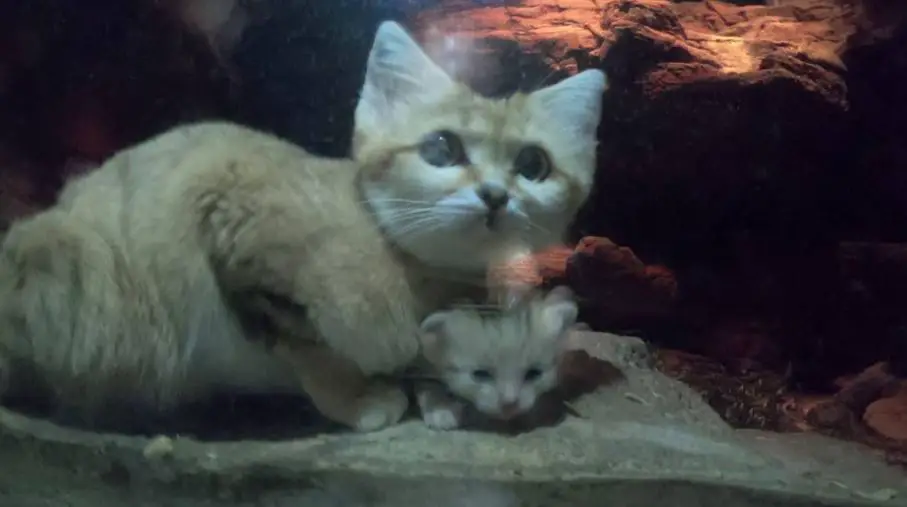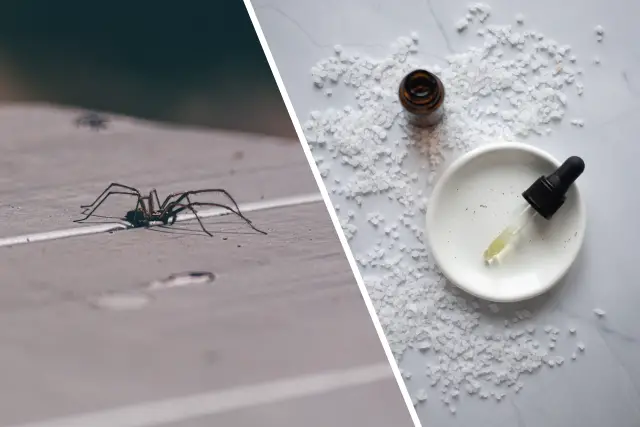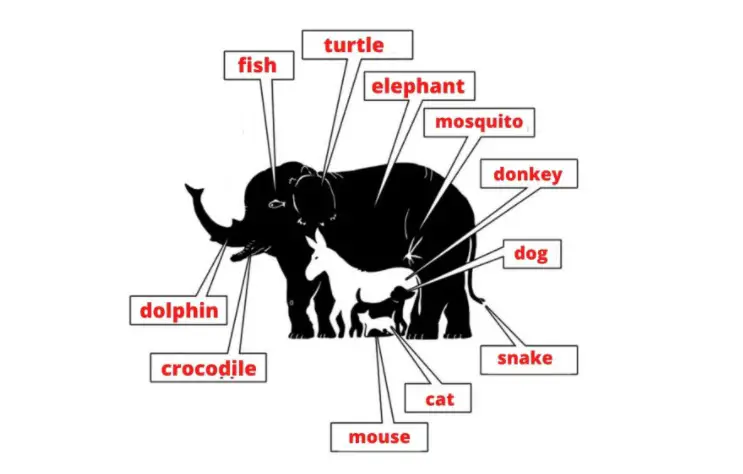Albinism
Most of us have heard of albino animals, and many people who have seen one can attest to their beauty. Albino refers to a person or an animal who has a congenital lack of pigmentation in their skin and hair. Their skin and hair are often white, and their eyes are typically pink. Albinism, a rare mutation in the genes responsible for the loss of skin pigments, is very rare. Albinism is a rare mutation that causes albino animals to have fur.
Did you know there are animals that are completely black? These animals are known as melanistic, and they are truly special.
Melanism
Melanism, another genetic mutation, occurs in the same manner as albinism but with different genes. Some genes in melanistic animals are mutated, resulting in darker skin and hair pigmentation. This is why melanistic animals are able to appear darker than their natural colors. This mutation can occur in different animals, but is more common in panthers. It may seem odd, but panthers are melanistic jaguars. The only difference is that they are one and the same species.
Pseudo-melanism
Another type of pigmentation, called pseudo-melanism or abundism is that animals appear darker due to large dark spots and stripes. These stripes and spots are larger than those of jaguars or zebras, giving the impression that they are melanistic. These animals are not melanistic in reality. These animals can have malignant pigmented tumors. Melanosis is the excessive production of melanin in the skin. This makes animals appear darker even though they are not completely black.
As part of evolution, adaptive melanism is melanism that has been passed down from generation to generation. Melanistic panthers, for example, can hide in the jungle at night while hunting.













Leave a Reply